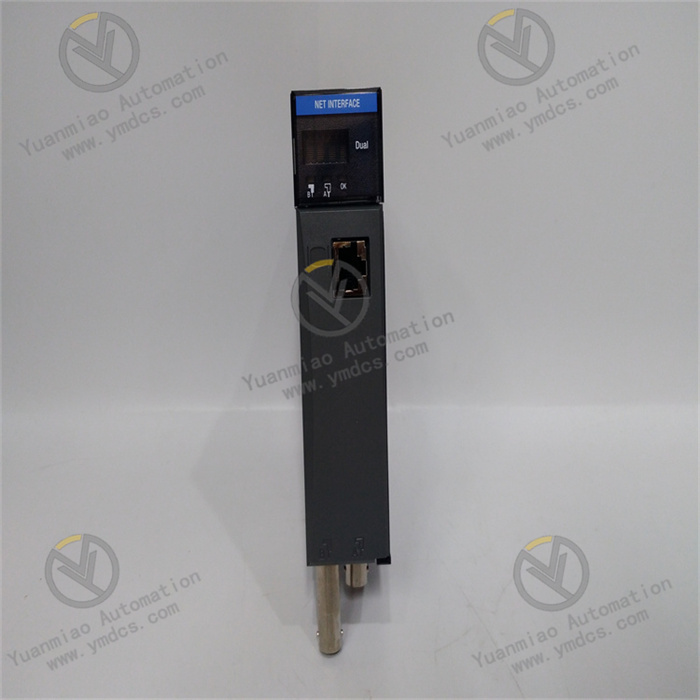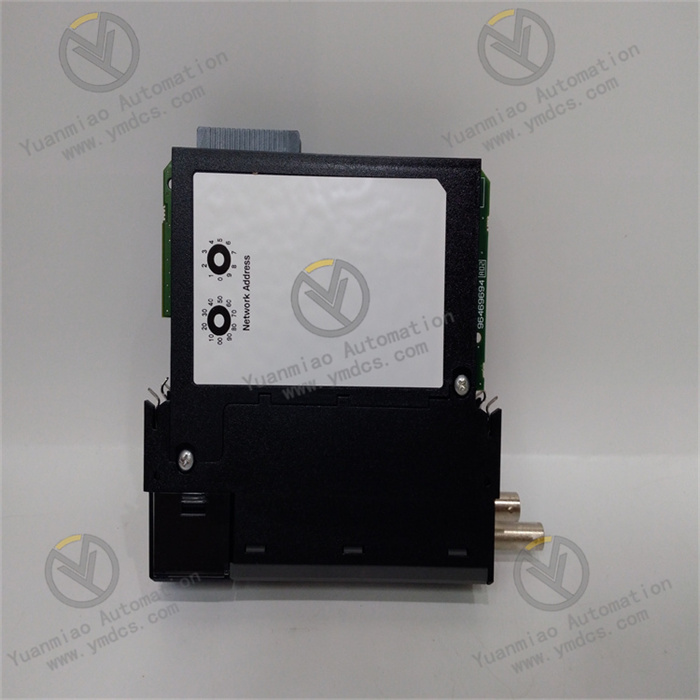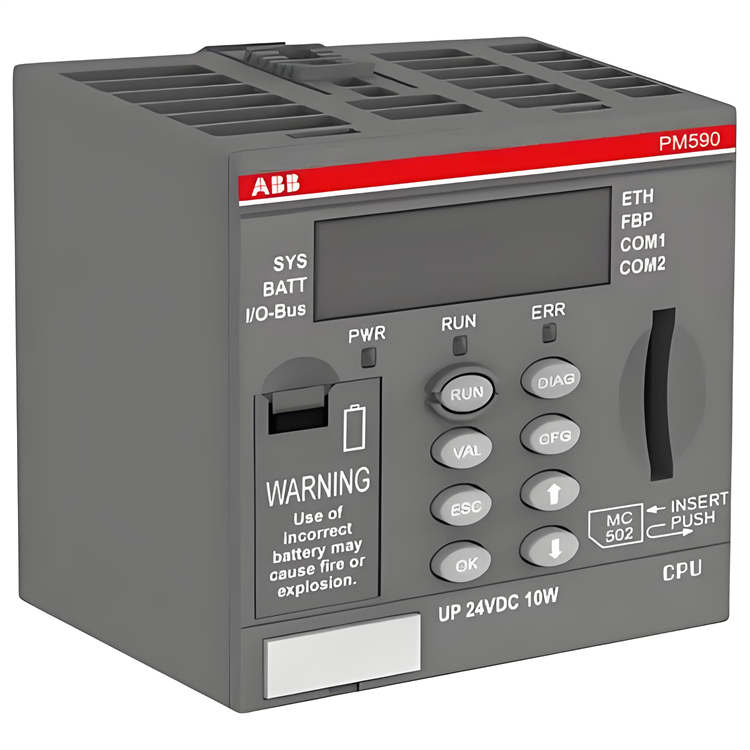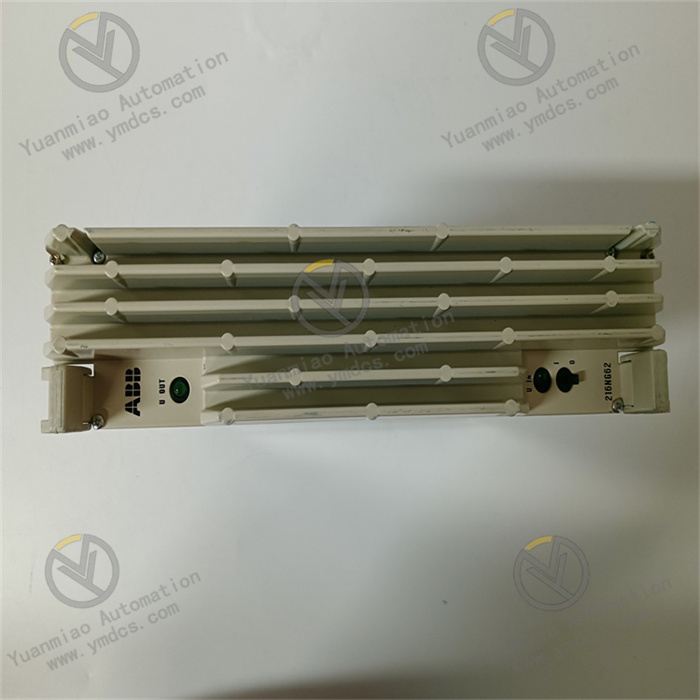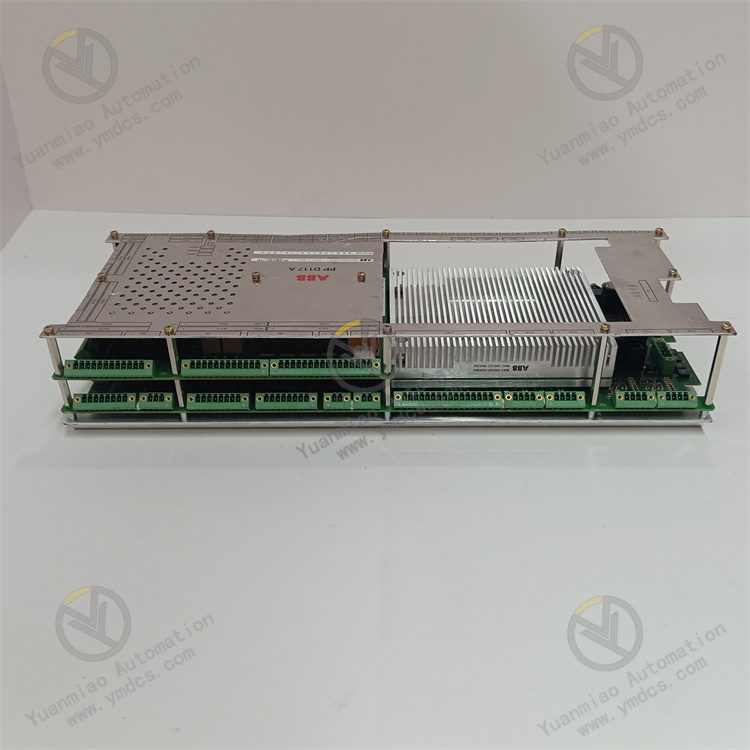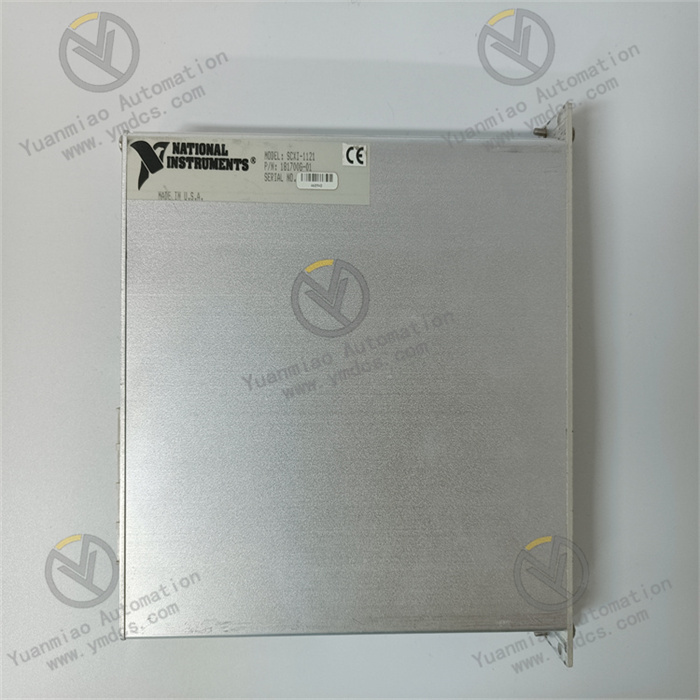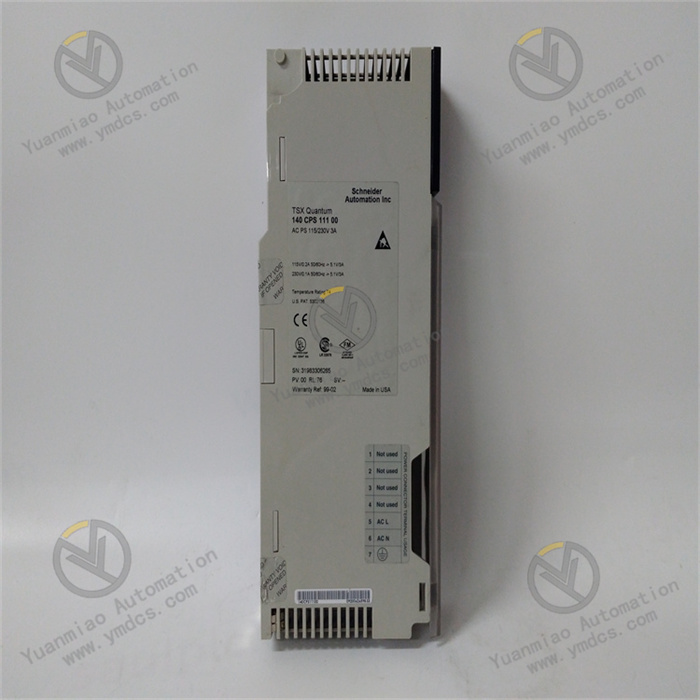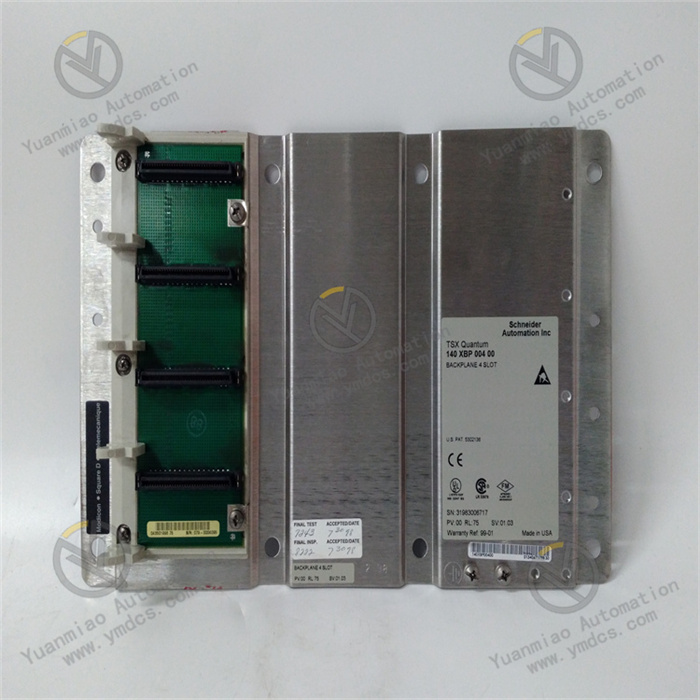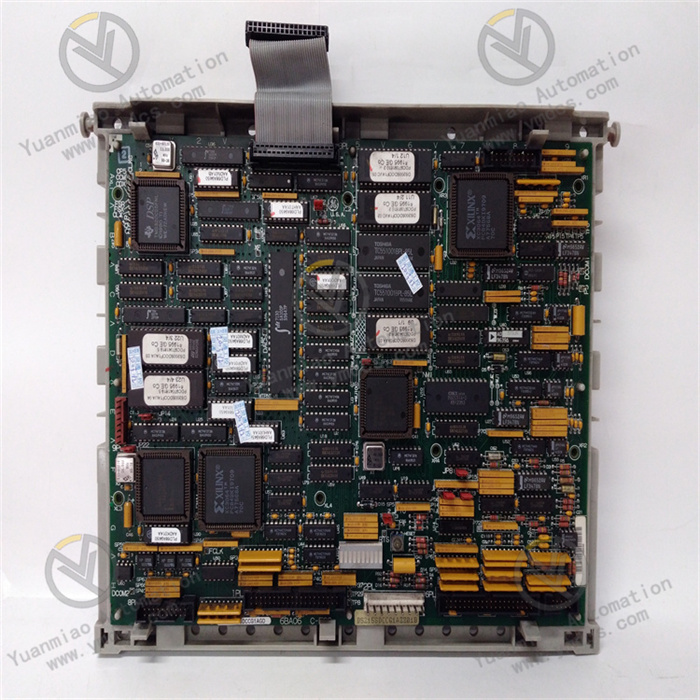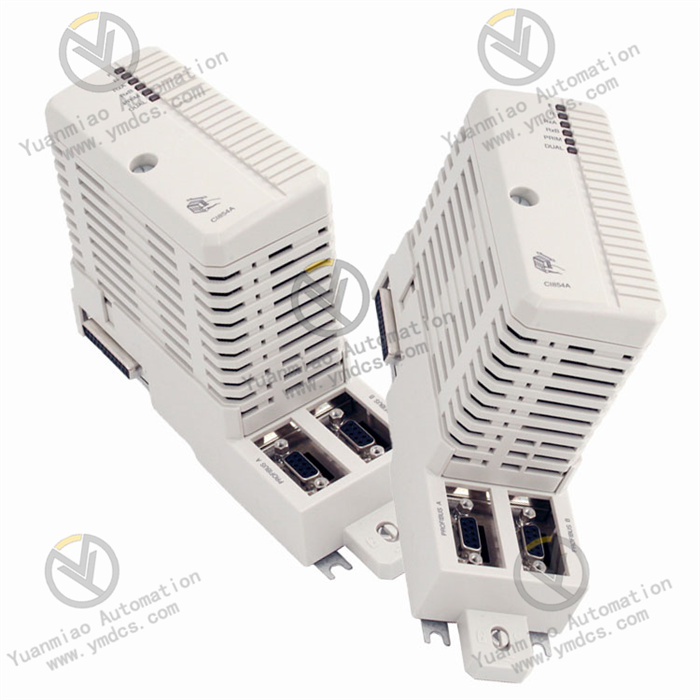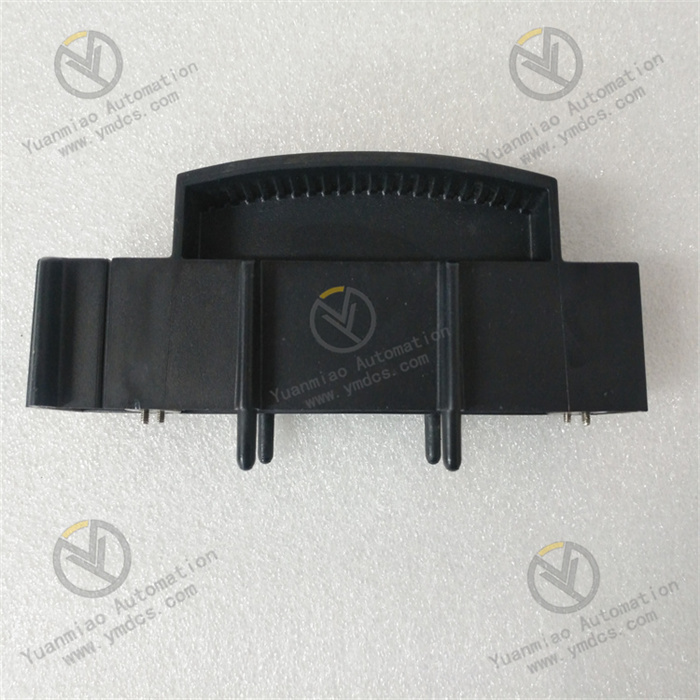Description
Hardware Composition: It mainly includes the central card components and I/O card components. The I/O cards are further divided into DI cards (Digital Input Cards), DO cards (Digital Output Cards), AI cards (Analog Input Cards), and AO cards (Analog Output Cards).
Manufacturer : Honeywell
Product No. : TC-IXR061
Product type : Experion Analog Input
Number of Points : 6 galvanically isolated channels
Open Wire Detection : Out of Range reading reported
Open Wire Detection Time : Less than 5 seconds
Channel Bandwidth : DC to 15 Hz (-3 db)
RFI Immunity : Error of less than 2.0% of range at 10 V/m, 27 to 1000 MHz
Power Dissipation : 4.3 W max
Connection Terminal Blocks : TC_TBNH, 20-position terminal block
Module Update Rate for All Channels : 50 ms
Shipping Weight : 1.3 Kg
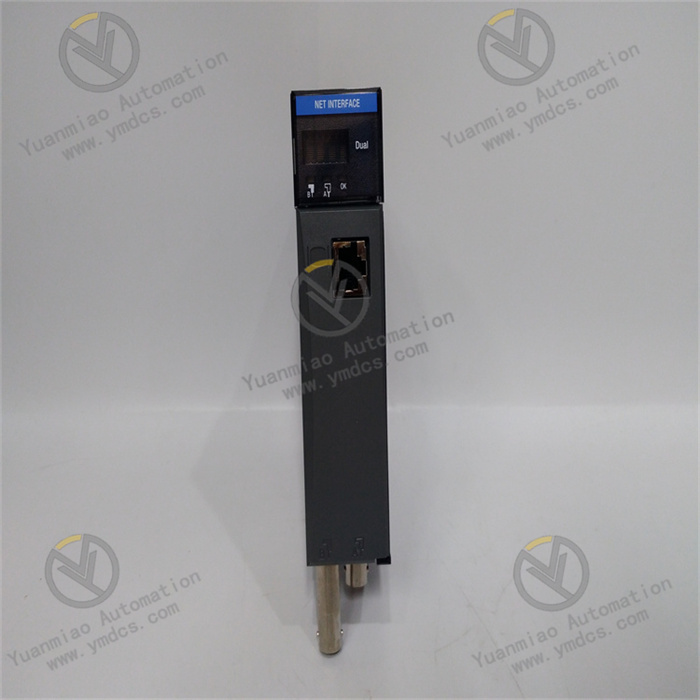
Functional Characteristics High Precision and Reliability: As a product of Honeywell, the TC-IXR061 has high precision and reliability, and can operate stably under harsh environmental conditions, ensuring the accurate operation of the industrial automation control system. Strong Compatibility: It can be used in conjunction with various types of controllers and sensors, and can be closely integrated with the Honeywell Experion system, including industrial distributed control systems (DCS), supervisory control and data acquisition (SCADA) systems, etc., providing extensive compatibility. Easy Installation and Use: With a simple and user-friendly design, it does not require complex settings or debugging and can be quickly integrated into various systems. The 20-position terminal block tc_tbn h it uses facilitates connection and disconnection, enhancing installation flexibility. Hot Swap Function: It supports hot swapping, that is, the module can be directly plugged and unplugged during the operation of the system without shutting down, reducing the system maintenance time and the impact on production. Diagnostic Function: It is equipped with startup diagnostic and operation diagnostic programs, which can timely detect the operation status of the module itself, discover and report faults, helping to quickly locate and solve problems, and improving the maintainability of the system. Technical Parameters Input Channels: It usually has 6 current isolation channels. For example, the RTD input module of the TC-IXR061 can support the input of 6 RTD sensors, enabling accurate measurement of multiple temperature points. Signal Input Range: The signal input range of different types of TC-IXR061 modules varies. For example, the RTD input module supports resistance ranges including 1-487Ω, 1000Ω, etc., and can be adapted to various thermal resistance sensors made of different materials such as platinum, nickel, and copper. Resolution: Generally, it reaches 16 bits. For example, the analog input module of the TC-IXR061 has a resolution of 16 bits, with a typical value of 1.4μV, and is 0.70 within the high-resolution range, which can accurately collect and convert analog signals. Module Update Rate: The module update rate of all channels is usually 50 milliseconds, that is, the input signal is collected and processed once every 50 milliseconds to meet the requirements of real-time control.
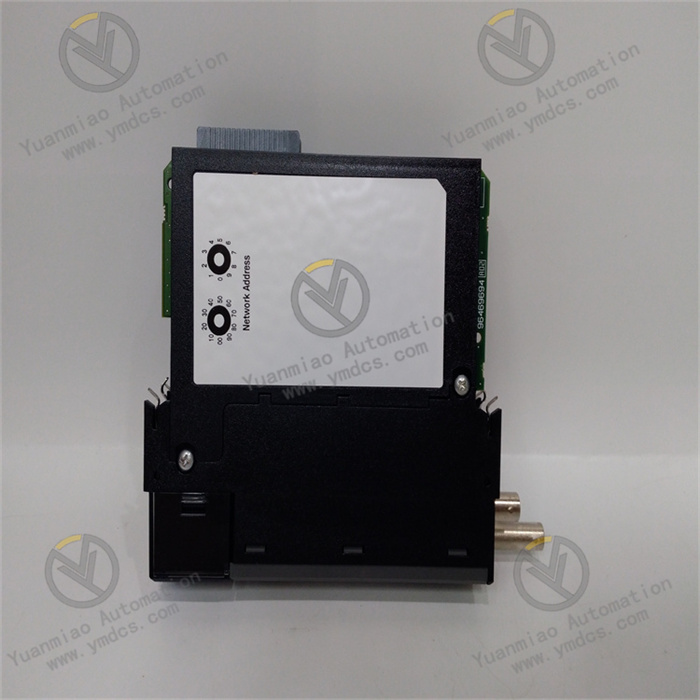
Application Scenarios Industrial Automation Production: In automated production lines such as automobile manufacturing and electronic equipment production, it is used to monitor the operation status of production equipment in real time, such as parameters like temperature, pressure, and flow, and conduct control according to preset rules to ensure the stability of the production process and the quality of products. Energy Management System: In energy industries such as electricity, petroleum, and chemical industry, it can collect and process various data in the energy production and transmission process, achieve the monitoring and optimization of energy consumption, and improve energy utilization efficiency. Building Automation: It is used for the control and management of systems such as air conditioning systems, lighting systems, and elevator systems in intelligent buildings, realizing the energy-saving operation of buildings and creating a comfortable environment. Common Faults and Solutions of Honeywell TC - IXR061 are as follows: Communication Fault Fault Phenomenon: There is no normal communication between the module and the control system, resulting in the inability to transmit or receive data, and the module being shown as offline or the communication being interrupted on the system monitoring interface. Cause Analysis: It may be caused by reasons such as poor connection of the communication cable, damage to the communication interface, incorrect module configuration, or mismatch of the communication protocol. Solution: First, check whether the communication cable is firmly connected, and whether there is any damage or open circuit. If there is a problem, reconnect or replace the cable. Then confirm whether the communication parameter configuration of the module is correct, including the baud rate, data bits, stop bits, parity bits, etc., and ensure that they are consistent with the settings of the control system. If the communication interface is damaged, the module needs to be replaced or the interface needs to be repaired. Abnormal Input Signal Fault Phenomenon: The input analog or digital signal does not match the actual value, or the signal fluctuates greatly, affecting the normal control and monitoring of the system. Cause Analysis: It may be caused by reasons such as sensor failure, signal interference, damage to the module input channel, or incorrect wiring. Solution: Check whether the sensor is working properly, and it can be tested by replacing the sensor or using a standard signal source. Check whether the wiring is correct, whether there is any looseness, short circuit, or poor grounding, and reconnect the wiring correctly. At the same time, take anti-interference measures, such as using shielded cables, reasonable wiring, and adding filtering devices, to reduce the impact of external interference on the signal. If it is suspected that the module input channel is damaged, the input channel of the module can be switched or the module can be replaced for testing.

Abnormal Output Control
Fault Phenomenon: The output signal of the module cannot correctly control external devices, such as the relay not operating, the valve not being able to open or close, etc.
Cause Analysis: It may be caused by reasons such as incorrect output configuration, overload of the output load, failure of the module output channel, or failure of external devices.
Solution: Check the output configuration parameters of the module to ensure that the settings of the output type, signal range, action mode, etc. are correct. Verify whether the output load is within the rated load range of the module. If it is overloaded, the load needs to be reduced or a module with a larger capacity needs to be replaced. Check whether the external device is working properly, and it can be tested by directly supplying power to the external device or using other control signals. If the module output channel is faulty, try to replace the output channel or replace the module.
Module Overheating
Fault Phenomenon: The temperature of the module is too high during operation, exceeding the normal operating temperature range, which may lead to a decline in module performance or even damage.
Cause Analysis: It may be caused by reasons such as poor ventilation in the installation environment, excessive module load, abnormal power supply voltage, or internal component failure of the module.
Solution: Improve the installation environment of the module to ensure that there is enough space around the module for heat dissipation, and avoid installing it in places with high temperature, humidity, or poor ventilation. Check whether the load carried by the module is too large. If necessary, appropriately reduce the load or add heat dissipation measures. Measure whether the power supply voltage is within the rated operating voltage range of the module. If the voltage is abnormal, find and repair the power supply fault. If it is suspected that the internal components of the module are faulty, professional maintenance personnel can be contacted for inspection or the module can be replaced.
Abnormal Indicator Light
Fault Phenomenon: The indicator light on the module does not light up, stays on constantly, or flashes abnormally, and cannot correctly indicate the working status of the module.
Cause Analysis: It may be caused by reasons such as damage to the indicator light, internal circuit failure of the module, or abnormal working status.
Solution: First, check whether the indicator light is damaged, and it can be tested by replacing the indicator light. If the indicator light is normal, further check the working status of the module, check whether there are error codes or alarm information, and carry out fault troubleshooting and handling according to the relevant prompts. If it is suspected that the internal circuit of the module is faulty, the module needs to be sent for repair or a new module needs to be replaced.


